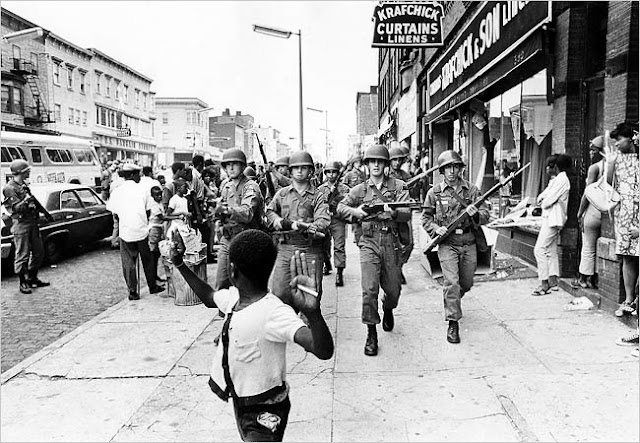 |
| Allen and Jack, New York City |
Jack Kerouac's classic novel, On The Road, was published in 1957, although written ten years earlier. It was thinly-veiled autobiography and portrayed the lifestyle of Kerouac's circle of friends, later known as Beats or the Beat Generation. Like the Hippies who followed them, Jack and his friends rejected the conformism and materialism around them.
They moved restlessly between New York, San Francisco, Mexico City, Paris and Tangiers. Their music was found in Afro-American jazz clubs. Their intoxicants were tokay and marijuana. Their joy was uninhibited sex and poetry as spontaneous as possible. They were some of the first white Americans to not only study the Buddha's path but try to embody it.
Many in the next generation found On The Road an influence, including Bob Dylan, Van Morrison, Hunter S. Thompson and the Doors.
And while Kerouac succumbed to alcohol in the Sixties, Neil Cassady was the driver for Kesey's psychedelic bus, while others like William Burroughs, Gary Snyder, Michael McClure and Lawrence Ferlinghetti all contributed to the counterculture. And Jack's dear friend, Allen Ginsberg, author of Howl, was not only considered a key Sixties figure but continued his passionate dedication to social activism, gay rights, Buddhism and wild poetry until his death in 1997.
From On the Road, “the only people for me are the mad ones, the ones who are mad to live, mad to talk, mad to be saved, desirous of everything at the same time, the ones who never yawn or say a commonplace thing, but burn, burn, burn...” by Jack Kerouac.
From Howl,"I saw the best minds of my generation destroyed by madness, starving hysterical naked, dragging themselves through the negro streets at dawn looking for an angry fix, Angel-headed hipsters burning for the ancient heavenly connection to the starry dynamo in the machinery of night..." by Allen Ginsberg.











